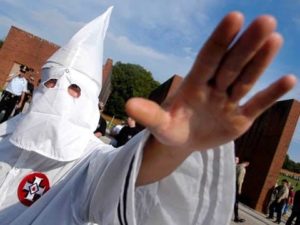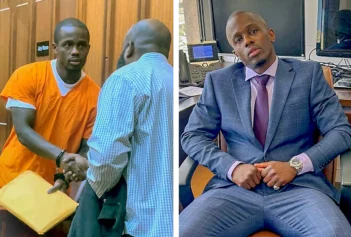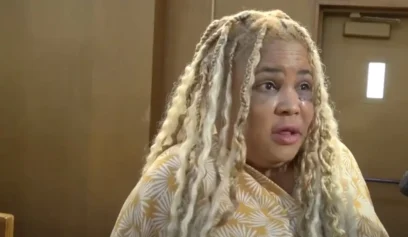
Klan rally at Valley Forge. YouTube
When the FBI released its latest report on crimes motivated by race, religion, sexual orientation and other prejudices last November, many news outlets rushed to declare a marked drop in hate crime incidents in America.
In reality, Hate Crime Statistics, 2014 detailed a less than 8 percent decrease in the number of hate crimes from the previous year and the total number of reported offenses was just over 6,400. Minuscule for a country with a population well over 300 million.
Officials with the Bureau of Justice Statistics, the U.S. Justice Department’s data tallying agency, say the FBI numbers are wildly inaccurate and closer to 260,000.
A new investigation by the Associated Press appears to substantiate the claim.
The news agency’s reporters discovered that more than 2,700 law enforcement departments all over the nation have not filed one hate crime with the FBI between 2009 and 2014. In 16 states, more than 25 percent of city police and county sheriff’s departments did not appear in the database over the same time period.
A hate crime is defined by the FBI as a “criminal offense against a person or property motivated in whole or in part by an offender’s bias against a race, religion, disability, sexual orientation, ethnicity, gender, or gender identity.”
And while small, rural departments accounted for the majority of non-reporting agencies, many jurisdictions hailed from states with the worst histories of racial violence: Mississippi and Louisiana.
According to the AP, 64 percent of Mississippi departments issued no reports during the six-year frame, and the Jackson Police Department did not report any hate crimes to FBI officials from 2009 to 2012. Jackson was the setting of a high-profile incident in June 2011, when a group of drunk white teens packed into a pickup truck on a mission to terrorize local Black residents.
The teens reportedly robbed and viciously beat James Craig Anderson before running him over. The 49-year-old African-American later died of his injuries.
The FBI encourages all agencies to voluntarily report information on hate crimes, even when there isn’t any crime to report. Five states, including Arkansas, Georgia, Indiana, South Carolina and Wyoming, have no hate crime legislation on the books.
Civil rights advocates and community leaders have long called for the implementation of a more thorough annual tally of the nation’s hate crimes.
“Without a diagnosis, we don’t know how serious the illness is,” said Rev. Raphael Warnock, pastor of the historic Ebenezer Baptist Church in Atlanta. “And without a diagnosis, there is no prescription. And without a prescription, there is no healing.”
Many point to the BJS’ National Crime Victimization Survey as the more accurate reflection of the state of crime in America. The biannual questionnaire surveys 90,000 households, roughly 160,000 individuals, to determine the risk of criminal victimization by rape or sexual assault, robbery, aggravated and simple assault, theft, household burglary, and motor vehicle theft for the general public and in subgroups such as those disproportionately targeted by hate crimes.
The 2013 BJS study used figures from the NCVS to project that only 25 to 40 percent of actual hate crimes are reported to law enforcement officials. And hate crimes in America tend to be much more violent than general crime. Nearly 92 percent of hate crimes between 2007 and 2011 were violent, in comparison to the FBI’s estimated 13 percent of overall crime.
Southern Poverty Law Center, a non-profit legal group based in Montgomery, Alabama, keeps track of white supremacy groups and instances of racially motivated violence. The center has said that large numbers of crimes are unreported due to victims’ distrust of police officials and because the standard of proof is sometimes too high for prosecutors to establish.
Jack Levin, a Northeastern University professor who specializes in hate crime, explained the lack of reports in a feature for the SPLC’s Hatewatch.
“Based on a history of animosity, black and Latino victims may see law enforcement as an ‘army of occupation;’ immigrants may identify police with a tyrannical regime in their home country or be concerned about being deported; and gays and lesbians may perceive, rightly or not, that police officers are generally homophobic,” he said.


